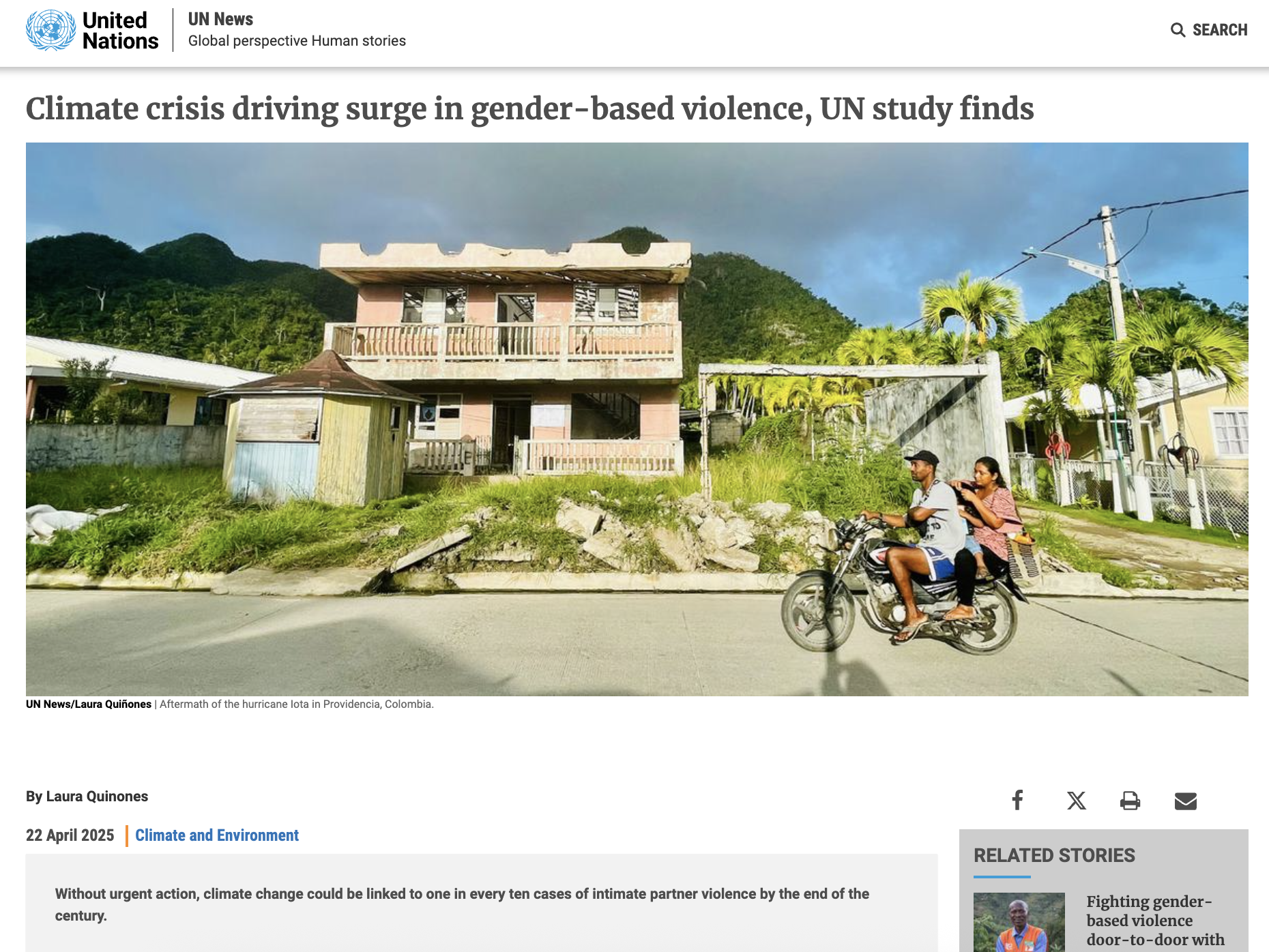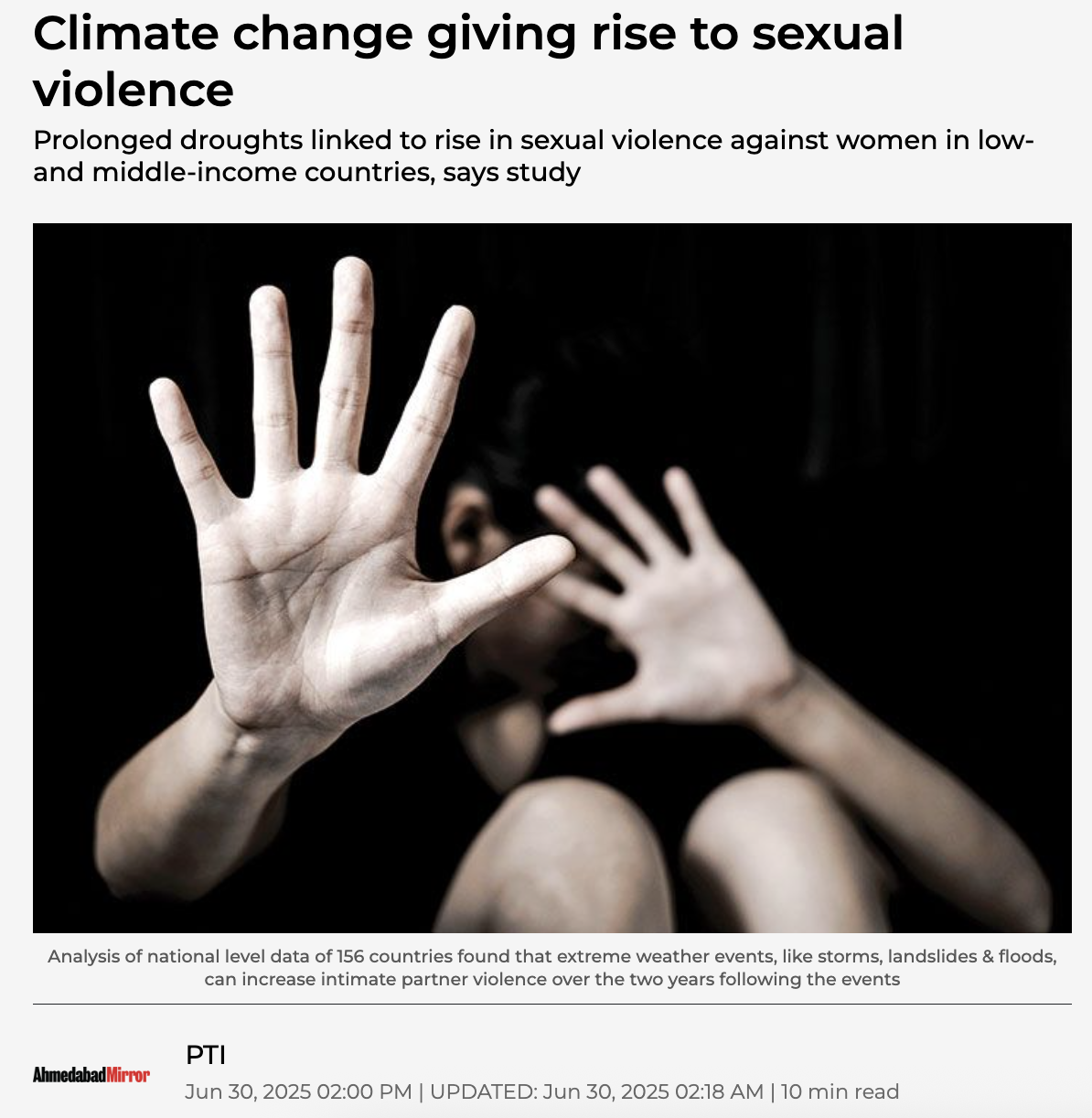Last week, the New York City Council approved a resolution declaring a climate emergency that it hopes will mobilize efforts to forestall the devastation of purported global warming from greenhouse gas emissions. While entirely symbolic and not even needing presidential hopeful Mayor Bill de Blasio’s signature, the council said its action could make America’s largest city a global leader “by organizing a transition to renewable energy and climate emergency mobilization effort.”
In support of the call for an emergency declaration, the document cited increasing wildfires, droughts, extreme weather, and possible extinction of up to one million species over the next several decades. To prevent such harm, the resolution draws much from the Green New Deal and the Paris Climate Accord, including net zero greenhouse gas emissions, a 100% renewable energy goal, and “climate justice” (whatever that is). The document ends with a call for an “immediate emergency mobilization to restore a safe climate.”
If these terrible catastrophes were occurring and we could prevent them, then serious measures would certainly be necessary. However, widely accepted data — from sources other than extremists such as the World Wildlife Fund — reveal inconvenient facts quite dissimilar to the claims of the council.
Contrary to its statements, extreme weather-related deaths have been in long-term and significant decline, falling by 98% over the last 80-plus years. Heat-related deaths are outnumbered by those due to cold by as much as 20:1, meaning that warming would save lives. The United States Drought Monitor shows that the area in drought in this country is at its historic low since data collection began nearly twenty years ago. The allegation of an extinction of one million species would require 25,000 to 30,000 extinctions per year, yet, according to the IUCN Red List, the extinctions numbers have been in significant decline since the early 1900s and have averaged only two per year since 1970.
The overarching goal of the resolution is to lower the Earth’s temperature by reducing greenhouse gas emissions, primarily carbon dioxide. In order to achieve the proposed reductions, energy costs would necessarily be increased significantly, either through a cap-and-trade system or a direct tax on emissions. Either of these methods would raise costs across the board for all citizens and companies. If the citizens of New York City, or, for that matter, the citizens across the Empire State were to be subjected to the economically crippling increases in costs associated with the energy transformation proposed, should we not know just how much of an effect a reduction in emissions would have on temperature?
The MAGICC simulator (Model for the Assessment of Greenhouse-gas Induced Climate Change) was developed by scientists at the National Center for Atmospheric Research under funding from the U.S. Environmental Protection Agency (EPA). The model estimates how much temperature rise would be averted globally by various reductions of CO2. According to the model, a 100% reduction in CO2 emissions for the whole of the state of New York (using climate sensitivity of 2.0) would decrease warming by 0.002 degrees Fahrenheit by 2050 and by 0.006 degrees F by 2100.
This extremely small — and immeasurable — effect should be an important consideration in the discussions of whether or not to impose the significant burdens of future carbon taxing schemes by the leaders of any city, any state, or our nation. How many lost jobs is a reduction in temperature measured in thousandths of a degree worth?
The justifications for this resolution and its proposed climate change “solutions” are based on flawed assumptions, the costs and regulations are economically crippling, and the result is a temperature reduction so low that it is indistinguishable from zero. In short, New York City’s resolution is a plan that would infringe on the freedoms of its citizens and make them significantly poorer for virtually no advancement of the council’s intentions.
Gregory Wrightstone is author of the new book, Inconvenient Facts: The Science That Al Gore Doesn’t Want You to Know. Wrightstone is a geologist with more than 35 years of experience researching and studying various aspects of the Earth’s processes. He is a member of the American Association for the Advancement of Science and the Geological Society of America.



